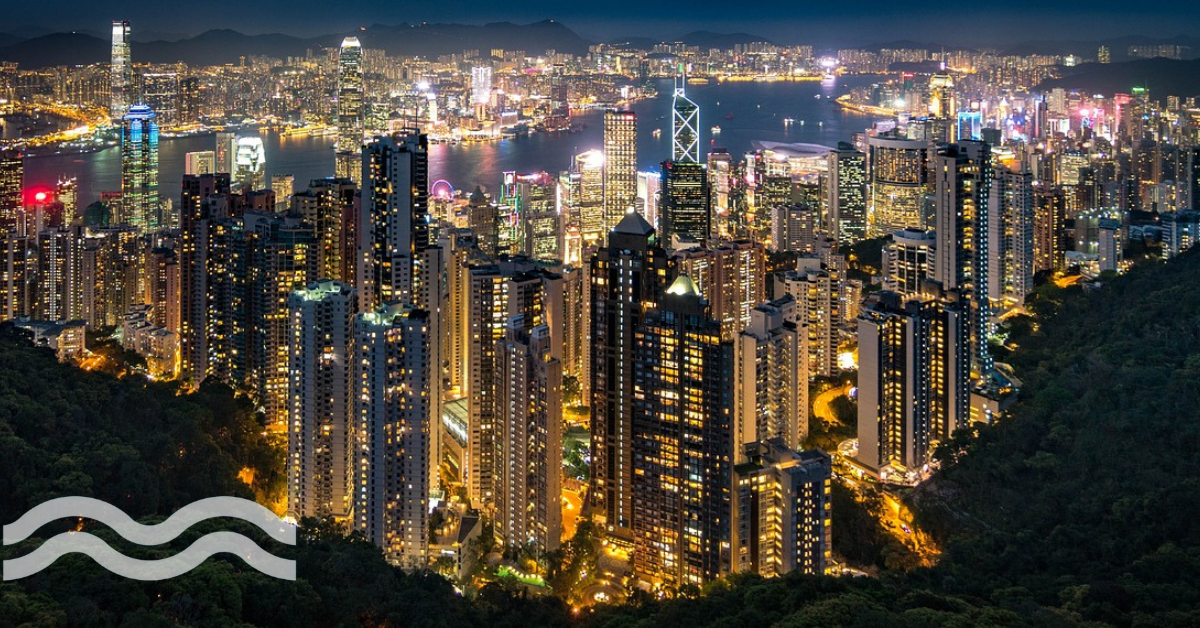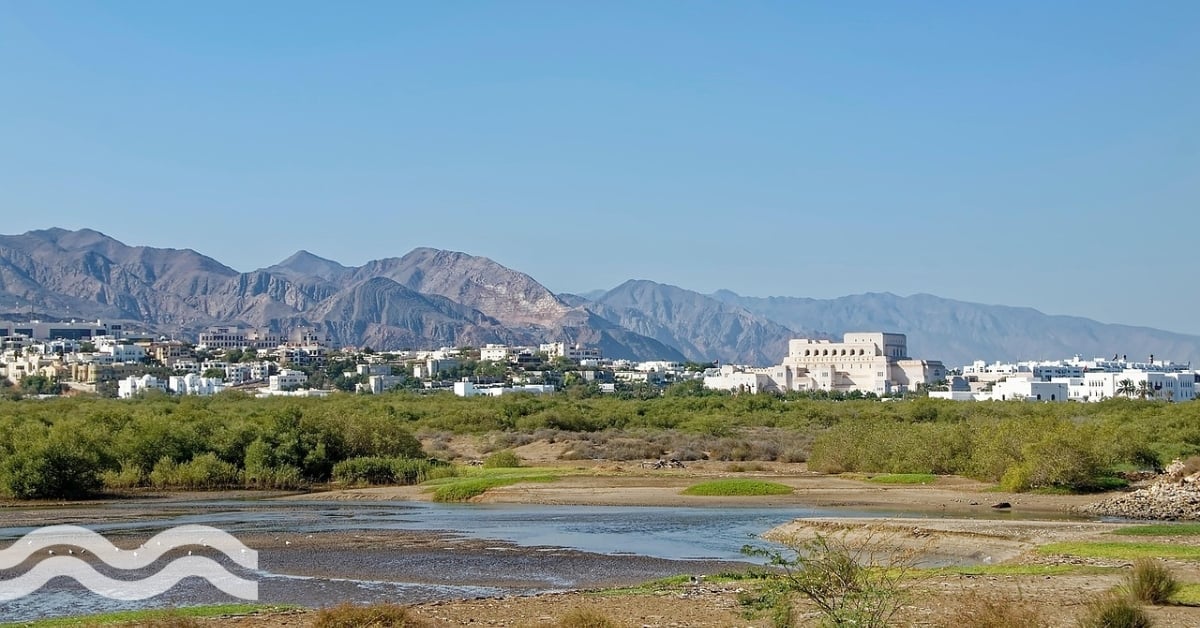Hong Kong’s solar powered desalination plant provides “climate-proof” water

Hong Kong’s Tseung Kwan O desalination plant is now providing water to 137,000 homes. The project is part of the government’s water management strategy and “route map to achieve water sustainability”.
Engineering a climate-proof supply
Hong Kong has made progress with its desalination plant as part of a government strategy to create a climate-proof water supply.
After four years in construction, the Tseung Kwan O desalination plant has started to provide drinking water to 137,000 homes across Hong Kong.
The first Hong Kong project to use reverse osmosis (RO) membrane technology has a production capacity of 135,000 m3/day, which represents about 5 per cent of the nation’s daily water demand.
Tseung Kwan O is a key initiative in the government’s water management strategy and “route map to achieve water sustainability and security while supporting development in Hong Kong”.
H2: How did the project start?
The Water Supplies Department (WSD) of the Government of the Hong Kong Special Administrative Region (HKSAR) engaged Binnies, an RSK Group company, to deliver a feasibility study for the project in December 2012.
Subsequently, the Binnies Hong Kong team provided investigation, design and construction supervision for the first stage of the project up to its commissioning on 22 December 2023.
An international consortium, including Spanish company ACCIONA, Jardine Engineering and China State, was commissioned by WSD for the design-build-operate project.
“This is critical for Hong Kong as the region faces a number of key challenges, including increasing demand as the population grows, and we are now seeing more erratic rain patterns and severe drought exacerbated by climate change,” said Andy Kwok, managing director of Binnies Hong Kong
“With the plant in action, we have a much more stable and safe freshwater resource”.
Off-setting an energy-intensive process
Stating that “desalination is a highly energy-intensive process”, measures were introduced to reduce raw resource use and prevent waste.
Solar panels will be used during the plant’s operation, resulting in a 16.2 per cent reduction in grid-supplied energy for building services. Water recycling and reuse processes will also reduce freshwater consumption by 36.6 per cent, and installed water-saving devices will reduce freshwater use by 53 per cent.
The WSD has started the preliminary design for the second stage of the plant, and the adjacent site is also earmarked for future expansion.
The history of desalination in Hong Kong
Another reason for accelerating the development of independent water supplies within Hong Kong is to reduce long-term reliance on importing water from China.
Since 1965, Hong Kong has imported up to 70 per cent of its total water supply from the Dongjiang River.
Seawater desalination is one of six water resources listed under Hong Kong’s long-term goals for water security, also including Dongjiang water, local yield, seawater for flushing, reclaimed
water, and grey water reuse.
Feasibility studies were carried out in 2002 and 2007 into the use of RO membrane technology in relation to potable water and Hong Kong Drinking Water Standards.


